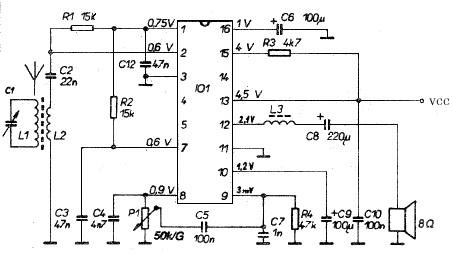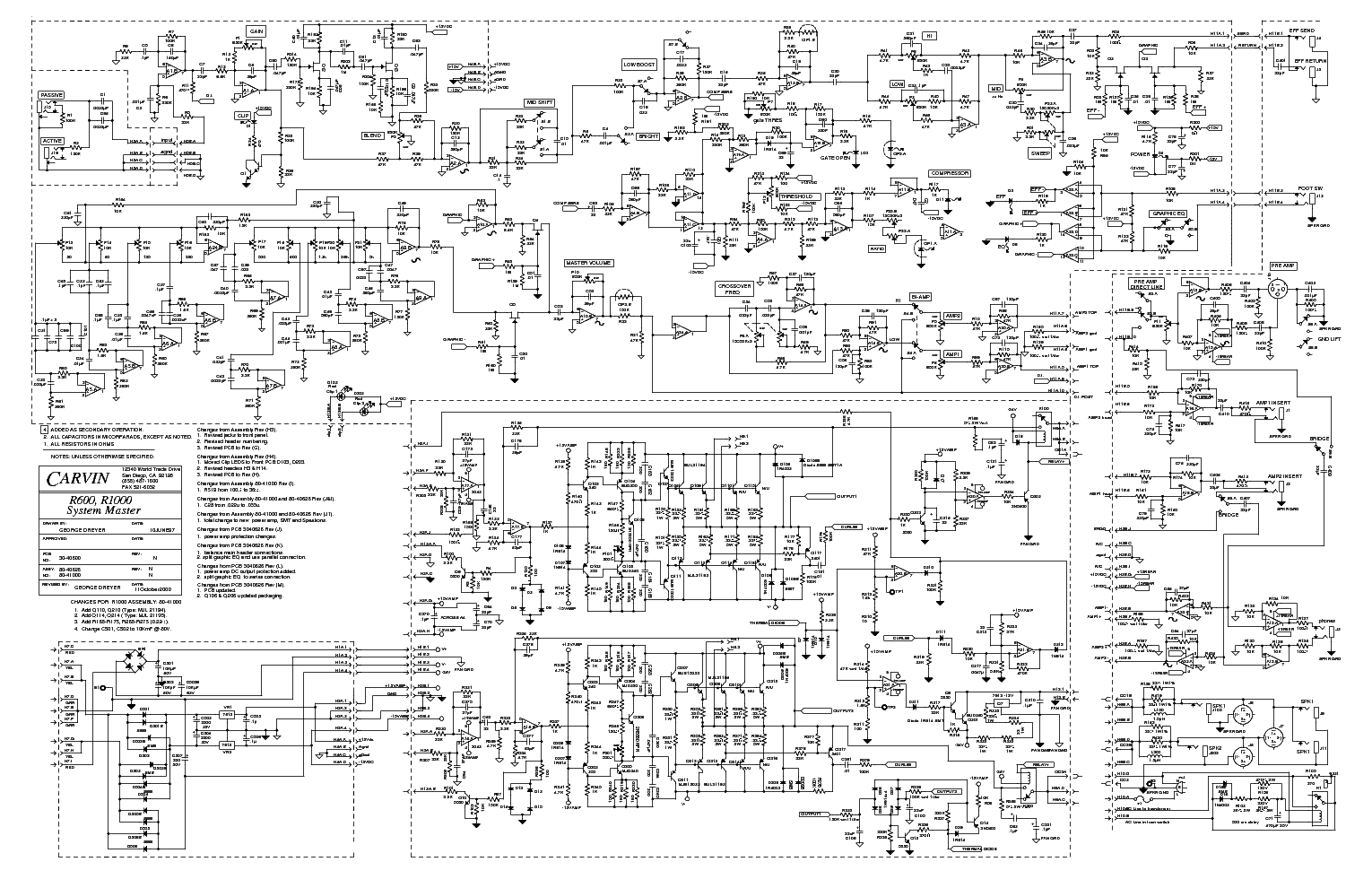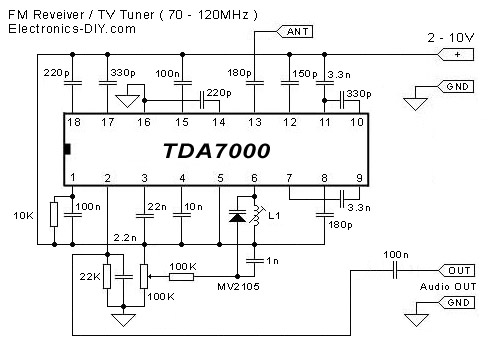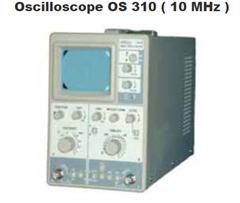patric44
New Member
hello guys
i recently made a SW radio using a **broken link removed** radio ic using the circuit below and it works but ( not as expected )

i have been able to listen to SW brodcasts from china - greec - even egypt !
but the circuit has the folowing problems :
1- most of the stations are mixed together (i can hear more than one station at a time )
2- the signal has a fading issue ( when i listen to a station and its clear ! after 10 sec or so the signal fade and i hear
another station and the firsts station may or may not come back) even that the IC has a AGC on pin 16 ?!
the ic are supposted to be a dedicated AM /FM receiver !?
so is there a way to improve the reception of that circuit?
i recently made a SW radio using a **broken link removed** radio ic using the circuit below and it works but ( not as expected )

i have been able to listen to SW brodcasts from china - greec - even egypt !
but the circuit has the folowing problems :
1- most of the stations are mixed together (i can hear more than one station at a time )
2- the signal has a fading issue ( when i listen to a station and its clear ! after 10 sec or so the signal fade and i hear
another station and the firsts station may or may not come back) even that the IC has a AGC on pin 16 ?!
the ic are supposted to be a dedicated AM /FM receiver !?
so is there a way to improve the reception of that circuit?

 hhhh
hhhh
 )
) ) . i think it could be modified to be much more simpler one
) . i think it could be modified to be much more simpler one


